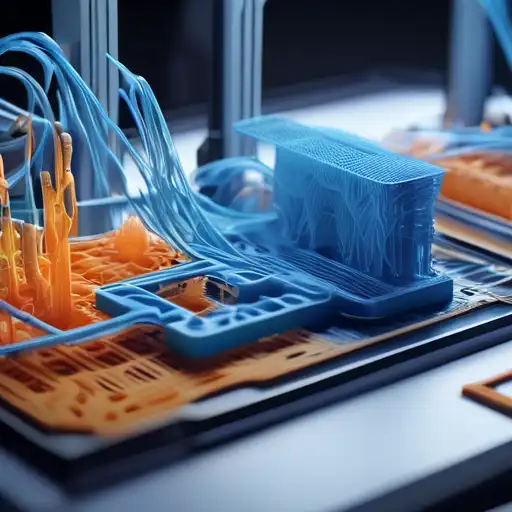Introduction to 3D Printing
3D printing, also known as additive manufacturing, is a process of creating three-dimensional objects from a digital file. This technology has been around since the 1980s but has gained significant popularity in recent years due to its versatility and the decreasing cost of printers.
How Does 3D Printing Work?
The process begins with a digital 3D model, which is then sliced into thin layers by software. The printer then builds the object layer by layer from materials such as plastic, metal, or resin. This method allows for complex shapes and structures that would be difficult or impossible to achieve with traditional manufacturing techniques.
The Impact of 3D Printing on Industries
From healthcare to aerospace, 3D printing is revolutionizing how products are designed and produced. In the medical field, it's used for creating prosthetics and even bioprinting tissues. The automotive and aerospace industries benefit from lightweight, custom parts that reduce costs and improve performance.
DIY and Home Use
With the advent of affordable desktop 3D printers, the technology has also become accessible to hobbyists and home users. This has sparked a wave of creativity and innovation, with people designing everything from household items to custom jewelry.
Challenges and Future Directions
Despite its potential, 3D printing faces challenges such as material limitations and the need for faster printing speeds. However, ongoing research and development are addressing these issues, paving the way for even broader applications in the future.
Conclusion
3D printing is more than just a manufacturing tool; it's a gateway to innovation and customization. As the technology continues to evolve, it promises to further transform industries and empower individuals to bring their ideas to life.
For more insights into the latest in technology and innovation, check out our technology section.
